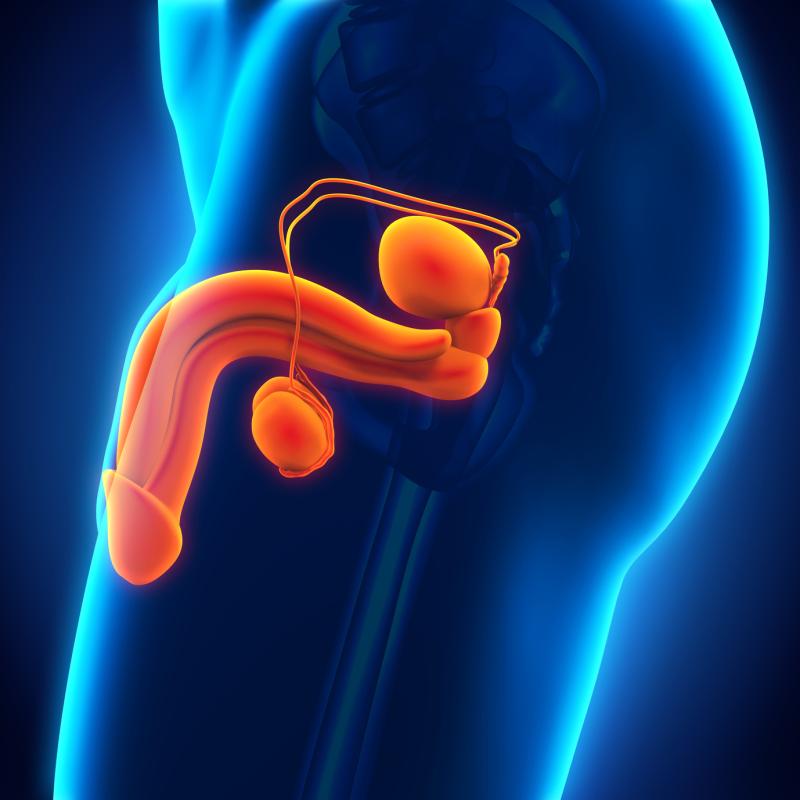What is Sacral Neuromodulation?
It is used to treat conditions such as chronic pelvic pain and bladder control problems. Sacral neuromodulation During the procedure, sacral nerves are stimulated. It helps regulate the functions of the pelvic organs. Through an implant, electrical stimulation of the nerves is controlled, thus reducing pain and improving bladder control. This treatment is usually reserved for patients who have failed other methods.
How is Sacral Neuromodulation Done?

This device is implanted through a minor surgical procedure. The procedure is usually performed under local anesthesia. The device is placed under the skin, usually near the hip area. The device consists of a generator and a thin wire (electrode). First, the doctor uses a thin needle to insert the electrode under the skin, which stimulates the sacral nerves. This electrode helps reduce symptoms in the pelvic area by stimulating the nerves.
Once the electrode is placed, an external programmer is used to determine how the device will operate. This programming process is customized by the doctor based on the patient's specific symptoms and needs. Regular follow-up visits are important to evaluate the effectiveness of the device. The doctor makes adjustments to make sure the device is working properly. For many people, it can be an effective option for controlling problems such as urinary incontinence, urinary incontinence, and pelvic pain. However, because every patient is different, the treatment plan must be tailored to individual needs. Because, sacral neuromodulation therapy It is important for patients who are considering this to consult a urologist.
In Which Situations Is Sacral Neuromodulation Applied?
It may be effective in cases such as neurogenic bladder, urge urinary incontinence and frequent urination. It is also used in cases such as urinary tract obstruction and interstitial cystitis. Sacral neuromodulation It may also be an option for some types of constipation and other rectal disorders. Chronic pelvic pain syndrome is a condition caused by irritation of the nerves in the pelvic area. It may respond to treatment. In some cases, it helps in the treatment of anal fissure or hemorrhoids. It is considered in patients for whom other treatment methods are inadequate or who have intolerable side effects. However, since every patient is different, the suitability and effectiveness of this treatment option should be determined by a doctor.
Things to Consider After Sacral Neuromodulation

But be careful not to overdo it. Once the device is inserted, use caution when bathing or showering. Make sure that the device does not come into direct contact with water. Stay away from magnetic fields or electromagnetic devices that may affect the device. Consult your doctor before using medical devices, especially MRI (magnetic resonance imaging).
If you experience any discomfort or symptoms after wearing the device, contact your doctor immediately. Signs of infection, redness, swelling or pain at the device insertion site are important. Sacral neuromodulation Your device may need to be checked and adjusted regularly. Do not miss the follow-up appointments set by your doctor. Situations such as working in magnetic fields or passing security scans may damage your device. Therefore, take appropriate precautions by contacting your doctor during such activities. These general recommendations cover some important points to consider after treatment. Your treatment needs and condition are determined by your doctor. Follow your doctor's instructions carefully for the effectiveness and safety of the treatment.






